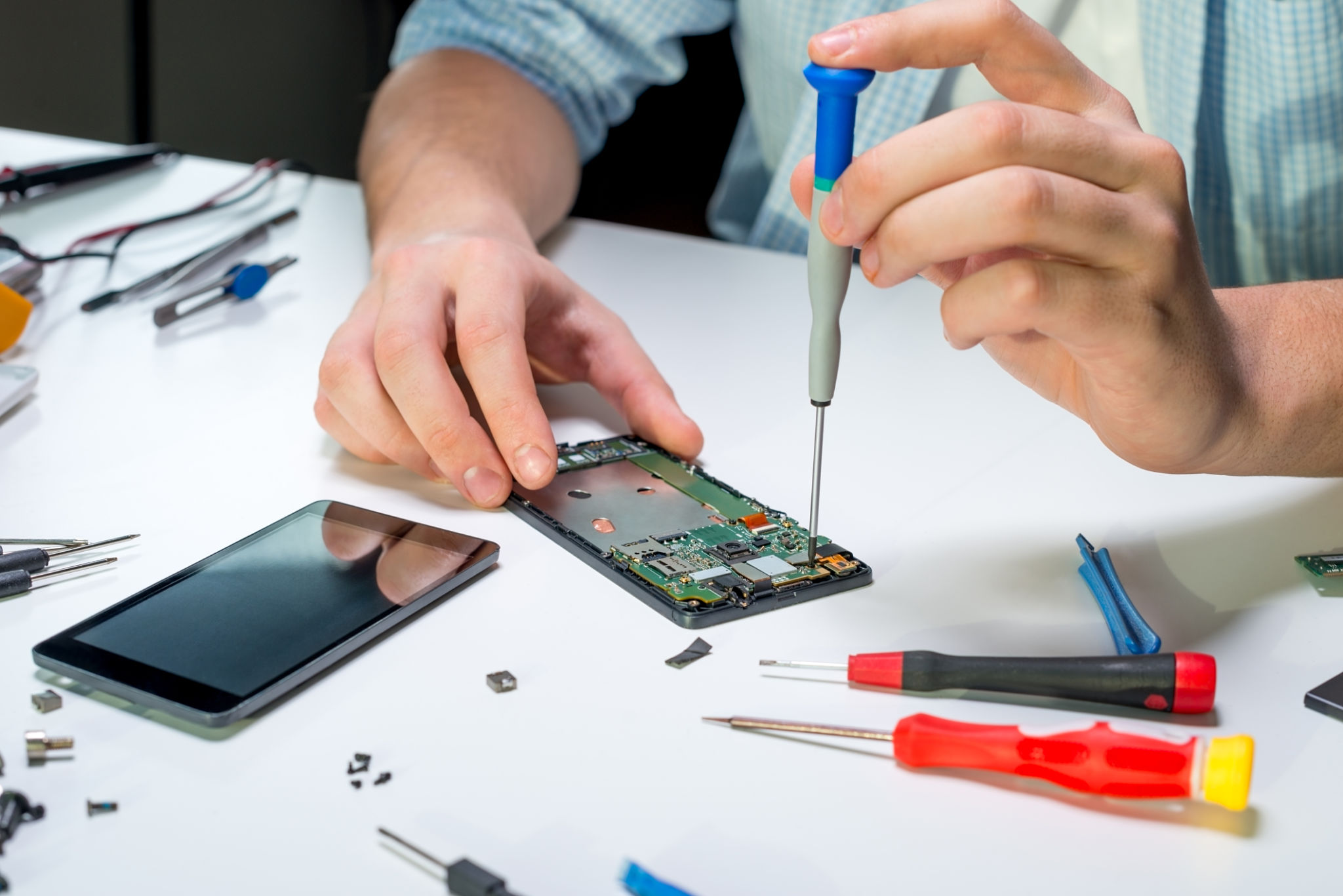Expert Advice: When to Repair vs. Replace Your Electronic Devices
Understanding the Lifespan of Your Devices
In today's fast-paced technological world, electronic devices are an integral part of our daily lives. From smartphones to laptops, these gadgets help us stay connected, informed, and entertained. However, like all things, they have a lifespan. Knowing when to repair or replace your devices can save you time, money, and stress. Understanding the typical lifespan of your electronic devices is the first step in making an informed decision.

On average, smartphones last about two to three years, while laptops can serve you well for three to five years. Factors such as usage, maintenance, and technological advancements play a significant role in determining when it’s time to say goodbye to your old device.
Signs Your Device Needs Repair
Before deciding to replace a device, consider if a repair could extend its life. Some common signs that your device might need a repair include:
- Frequent crashes or freezing
- Slower performance than usual
- Physical damage, such as a cracked screen
- Battery not holding a charge
If you experience any of these issues, consult a professional technician. They can assess the damage and advise whether a repair is feasible and cost-effective.

Cost-Effectiveness of Repairs
When considering repairs, it's essential to weigh the cost against the potential benefits. If a repair costs more than half the price of a new device, it might not be worth it. Additionally, consider the age of the device and how much longer it will serve you post-repair. Remember, investing in frequent repairs can add up over time.
When to Opt for a Replacement
Sometimes replacing your device is the more practical option. Here are some scenarios where you might want to consider buying a new one:
- The device is outdated and no longer supports new software updates or apps.
- The repair costs are too high compared to the device's current value.
- The device's performance severely impacts your productivity or daily tasks.

In these cases, purchasing a new device can offer improved performance, enhanced features, and better security.
Sustainability Considerations
Replacing electronic devices also raises environmental concerns. E-waste is a growing problem, and it's vital to consider sustainability when making your decision. Opt for brands with recycling programs or devices made from eco-friendly materials. Proper disposal of old electronics through recycling centers can also help reduce your environmental footprint.
By weighing the pros and cons of repairing versus replacing, you can make a decision that aligns with your needs and values. Whether you choose to repair or replace, ensure that your choice supports both your lifestyle and the environment.